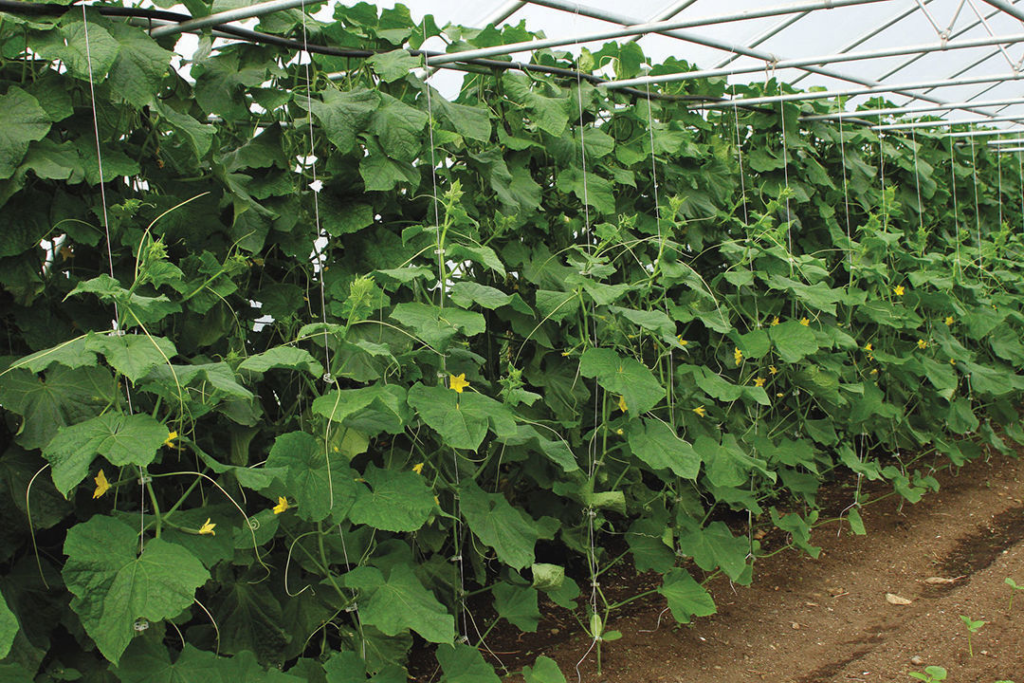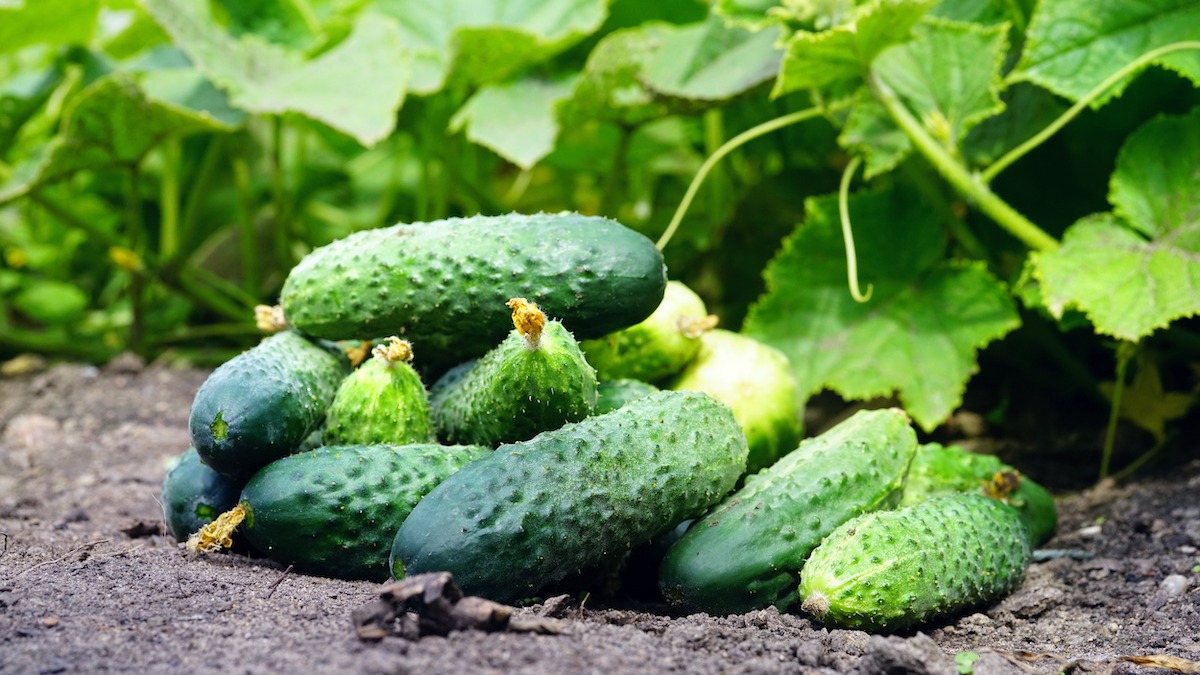Cucumbers are one of the most rewarding vegetables to grow. With their crisp texture and refreshing taste, nothing beats the satisfaction of harvesting a homegrown cucumber. Whether you’re new to gardening or an experienced grower, here’s everything you need to know to grow cucumbers successfully, from choosing the right variety to harvest tips.
Types of Cucumbers to Grow
Cucumbers come in many shapes and sizes, each suited to different purposes. There are gherkins for pickling, slicing cucumbers for salads, and even unusual varieties like lemon-shaped or yellow cucumbers. Most cucumbers have a vining growth habit, though bush varieties are ideal for containers. Depending on your climate, choose varieties suited for either outdoor or greenhouse growing. For cooler climates, opt for varieties that thrive in mild conditions.
Pro Tip: Choose disease-resistant varieties and consider parthenocarpic cucumbers, which don’t require pollination to produce fruit, ensuring a steady harvest of nearly seedless cucumbers. Many parthenocarpic varieties are also gynoecious, producing mostly female flowers, which translates to more fruit.
Sowing Cucumbers
Cucumbers are fast-growing and take about two months from seed to fruit under ideal conditions. Start sowing 3-4 weeks before your last frost date to ensure strong seedlings ready for planting outdoors when temperatures are consistently warm. Cucumbers thrive when night temperatures are above 50ºF (10ºC) and days are significantly warmer.
Before sowing, soak cucumber seeds overnight in lukewarm water to help soften the tough seed coat, enhancing germination. Sow the seeds in small pots or plug trays, placing one seed per pot to avoid wasting any. Plant the seed about ½ inch deep and label the pots to avoid confusion. Cucumbers germinate best at temperatures between 70-80ºF (21-26ºC). Using a heat mat will speed up germination and ensure robust seedlings.

Growing Thriving Seedlings
Once your seeds have sprouted, keep them on a sunny windowsill or in a greenhouse. If necessary, move them to larger pots as they grow. In warmer regions, direct sowing in the final growing location is possible, but starting indoors gives seedlings a head start and protects them from pests like slugs and cucumber beetles. Before transplanting, acclimate the seedlings to outdoor conditions by gradually increasing their exposure to the elements over the course of a week.
Planting Cucumbers
Prepare the planting area by enriching the soil with compost or well-rotted manure. For added fertility, mix in chicken manure pellets. Cucumbers grow best on supports, such as string, trellises, or A-frame structures. This helps reduce pest issues, improves airflow, and allows sunlight to reach the plants. Space your cucumber plants 12-18 inches apart to ensure good air circulation and easy access for harvesting.
Watering and Feeding
Cucumbers are water-intensive, with fruit being up to 96% water. Ensure consistent, deep watering, especially in dry conditions, to prevent the plants from drying out. Mulch with organic materials like straw or compost to retain moisture and keep roots cool. Once cucumbers start flowering, apply a high-potassium organic fertilizer to encourage fruit production.

Pruning and Training Vines
Pruning cucumbers helps improve airflow and reduce disease risk. Remove side shoots to allow the plant to focus on producing fruit. If your plants are spaced apart, you can leave some side shoots to create a double-headed vine. Regularly check the vines as they grow, carefully weaving them into their supports to avoid breakage. Once vines reach the top of their supports, pinch off the growing tips or allow the vine to trail down, encouraging more fruit production.
Harvesting Cucumbers
Pick cucumbers while they are still young, firm, and bright green. Harvest them in the morning when they are at their freshest. To harvest, cut the fruit off the vine with a bit of stem attached, avoiding any damage to the plant. Regular harvesting is crucial to prevent overripe cucumbers from slowing down fruit production.
Preventing Bitter Cucumbers
Occasionally, cucumbers can develop a bitter taste due to a compound called cucurbitacin, which is produced when the plant is stressed. To avoid bitterness, keep your plants well-watered, maintain consistent nutrition, and avoid pollination of female flowers. If you encounter bitter cucumbers, remove the stem end and peel the fruit to reduce the bitter compounds.
Managing Pests and Diseases
Cucumber beetles can cause damage by feeding on plants and spreading diseases. To prevent infestations, use insect mesh to protect seedlings and remove beetles by hand. Powdery mildew is another common issue, presenting as a white fuzz on leaves. To combat this, use a milk spray (1 part milk to 3 parts water) to inhibit fungal growth. Apply every 10 days for the best results.
Extending the Growing Season
In warmer climates or those with long growing seasons, cucumbers can become less productive as they age. To keep up a steady supply of fresh cucumbers, try making repeat sowings every month to replace older plants. Even in cooler climates, however, a single sowing can provide ample harvest.
Enjoying Your Cucumbers
Cucumbers are versatile in the kitchen. Enjoy them fresh in salads, add them to smoothies, or try making pickles. They’re also perfect for cucumber water or even to freshen up your eyes with a relaxing slice. With a little care and attention, cucumbers will reward you with a bountiful, refreshing harvest all season long.
With these expert tips, you’ll be well on your way to growing your own healthy, flavorful cucumbers!
